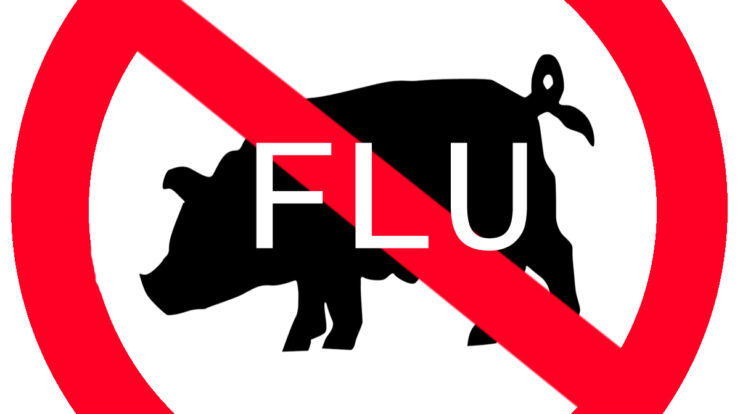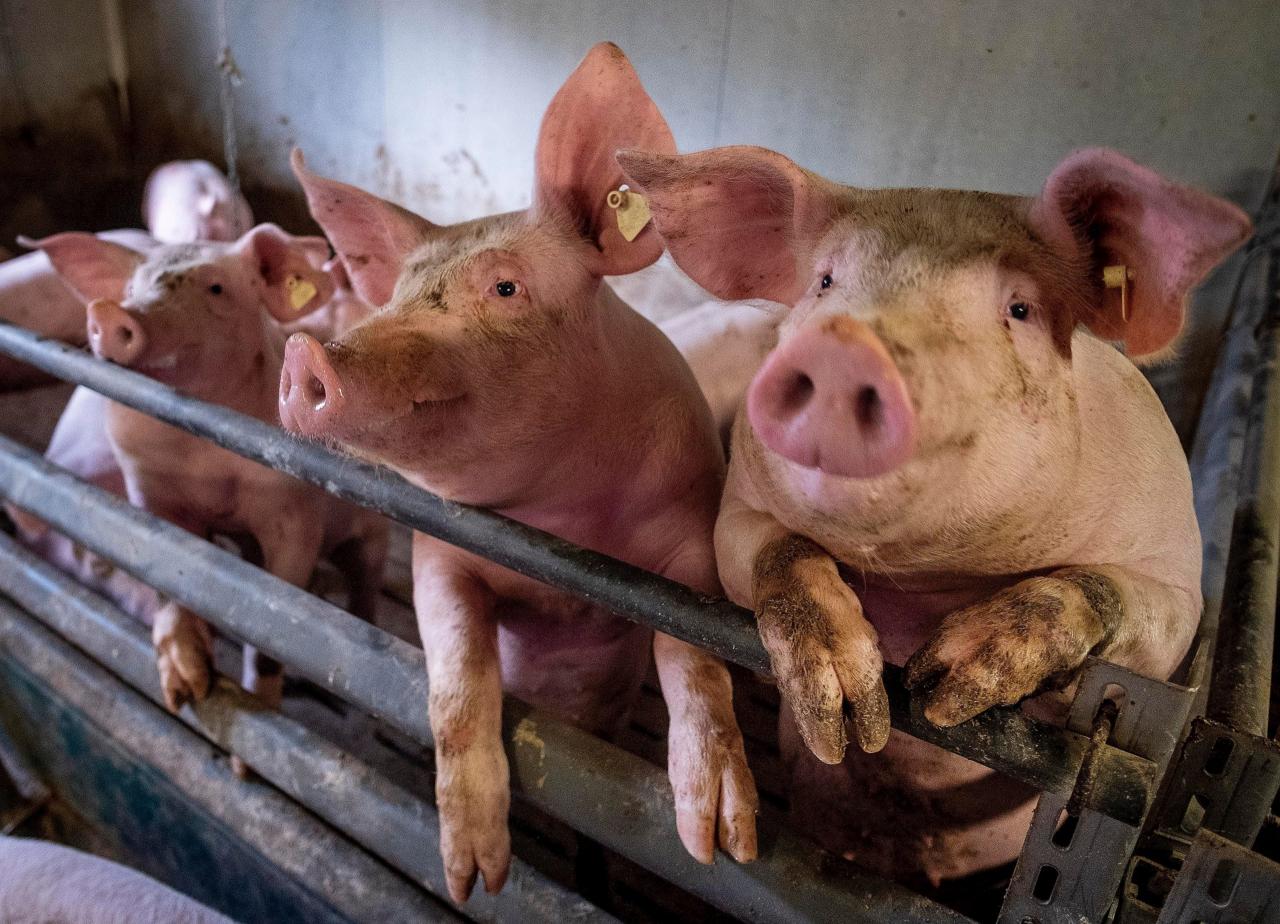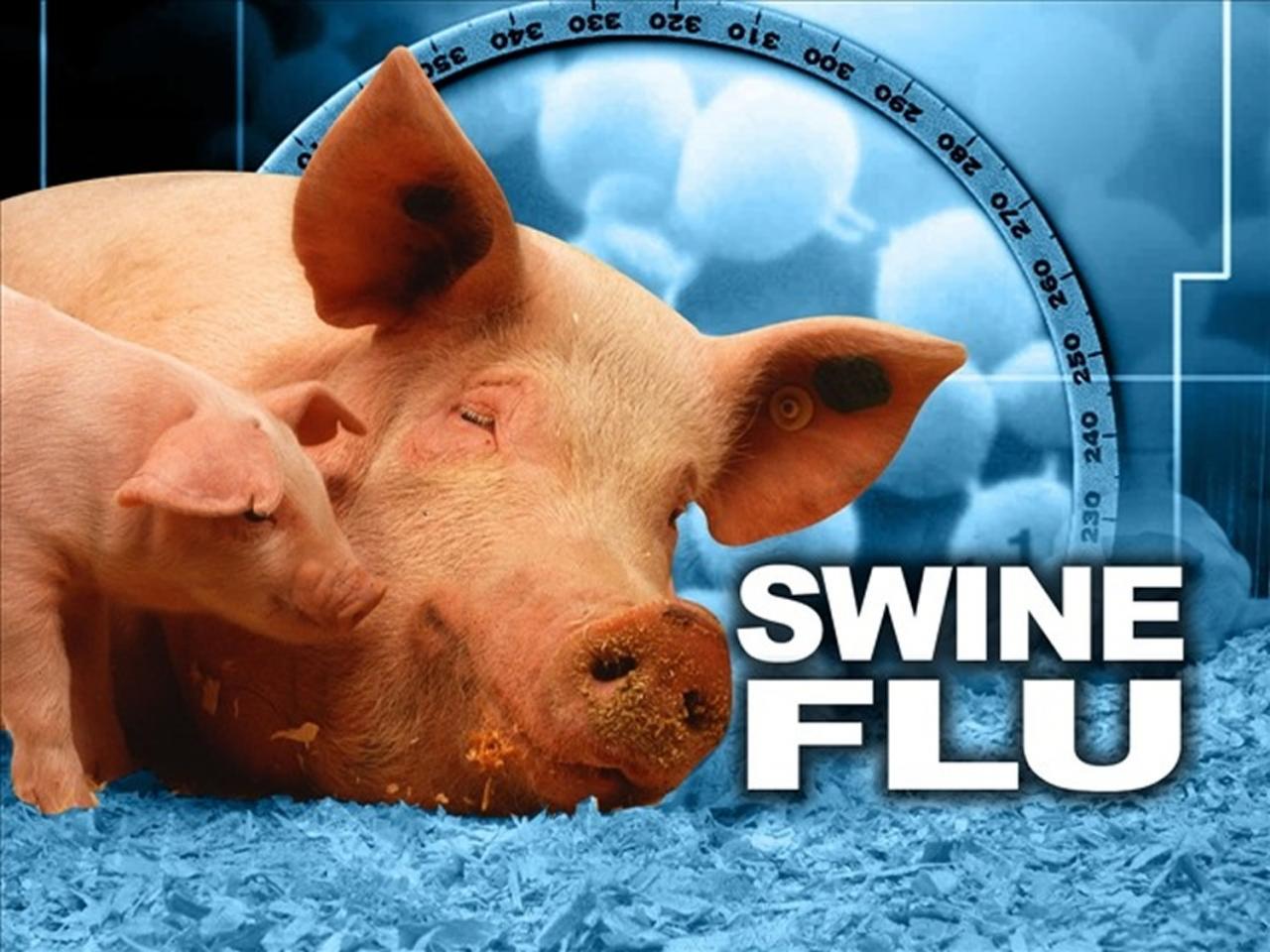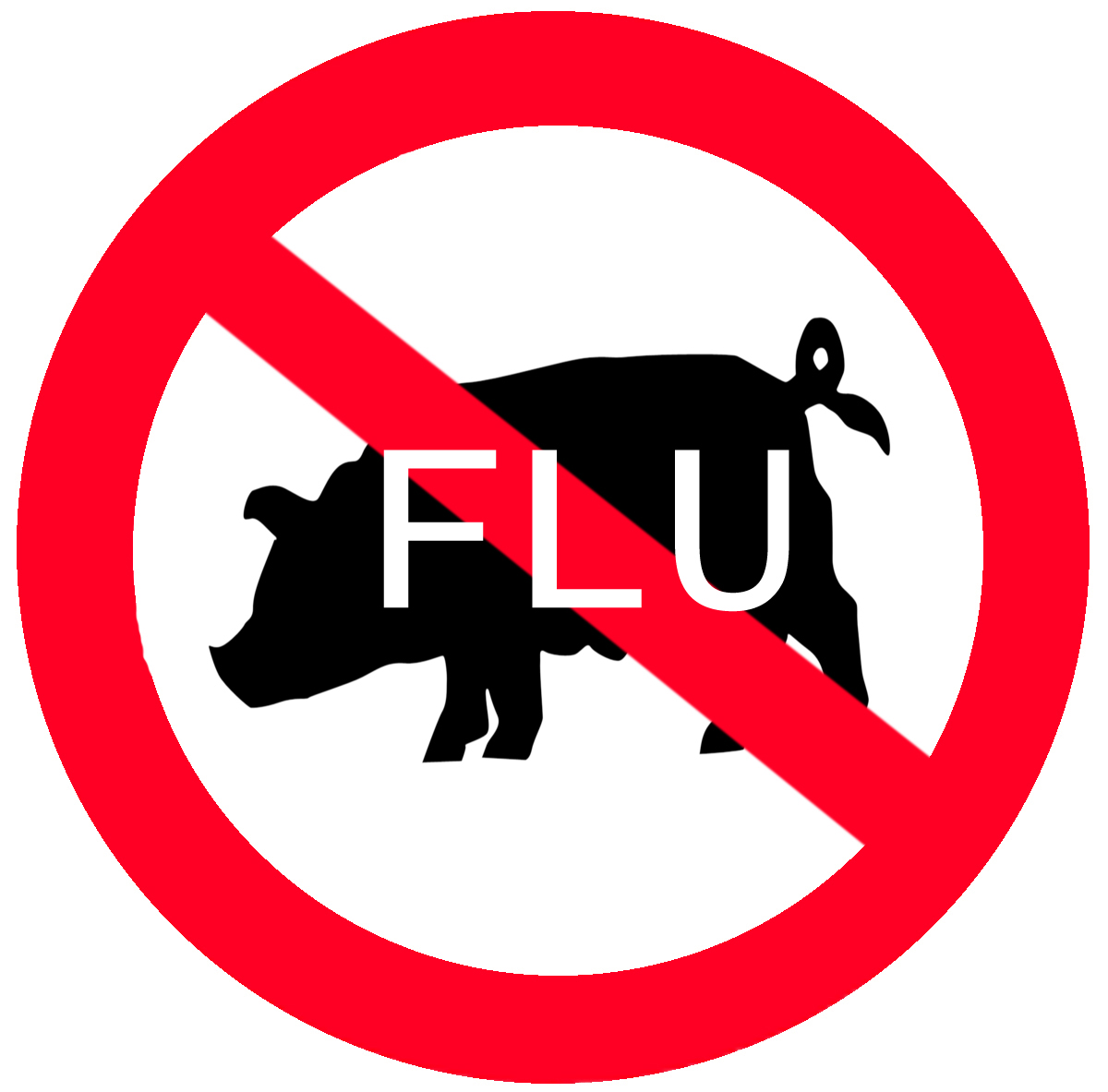
Swine flu, a respiratory illness caused by influenza viruses that primarily infect pigs, has the potential to spread to humans, causing significant health concerns. This comprehensive guide delves into the nature, transmission, prevention, and impact of swine flu, providing valuable insights into this important topic.
The virus responsible for swine flu, known as the swine influenza virus (SIV), can mutate and adapt, leading to different strains that can infect humans. Understanding the characteristics and transmission of these strains is crucial for effective prevention and control measures.
Definition of Swine Flu

Swine flu, also known as swine influenza, is a respiratory disease caused by type A influenza viruses that typically infect pigs. The virus can be transmitted to humans, causing symptoms similar to those of seasonal influenza, including fever, cough, sore throat, runny nose, and body aches.
The virus responsible for swine flu is an influenza A virus, specifically an H1N1 strain. Influenza A viruses are characterized by their ability to undergo genetic reassortment, which allows them to exchange genetic material with other influenza viruses, including human and avian strains.
This genetic flexibility contributes to the emergence of new swine flu strains with varying degrees of virulence and transmissibility.
Strains of Swine Flu
- H1N1: The most common strain of swine flu that has caused outbreaks in humans.
- H3N2: A strain that has also caused outbreaks in humans, but is less common than H1N1.
- H2N3: A strain that has been found in pigs but has not yet caused significant outbreaks in humans.
Transmission and Symptoms
Transmission
Swine flu is primarily transmitted through contact with respiratory droplets from infected pigs or humans. These droplets can be released into the air when an infected individual coughs, sneezes, or talks. The virus can also be transmitted by touching surfaces or objects contaminated with the virus and then touching the mouth, nose, or eyes.
Incubation Period and Symptoms
The incubation period for swine flu is typically 1-4 days. Symptoms usually develop within 1-3 days after exposure to the virus and can last for 5-10 days.
Common symptoms of swine flu include:
- Fever
- Cough
- Sore throat
- Runny nose
- Body aches
- Headache
- Fatigue
- Nausea
- Vomiting
Prevention and Treatment
Prevention
To prevent swine flu, it is important to take the following measures:
- Avoid contact with infected pigs or humans.
- Wash hands frequently with soap and water.
- Cover mouth and nose when coughing or sneezing.
- Avoid touching eyes, nose, and mouth.
- Stay home if sick.
- Get vaccinated against swine flu if recommended by your doctor.
Treatment
Treatment for swine flu typically includes rest, fluids, and over-the-counter medications to relieve symptoms. In severe cases, antiviral medications may be prescribed to reduce the severity and duration of symptoms.
Antiviral medications are most effective when taken within the first 48 hours of symptom onset. Common antiviral medications used to treat swine flu include oseltamivir (Tamiflu) and zanamivir (Relenza).
Epidemiology and Impact

Global Distribution and Prevalence
Swine flu is a global disease that has been reported in many countries around the world. Outbreaks of swine flu have occurred in both pigs and humans, with varying degrees of severity and impact.
Economic and Social Impact
Outbreaks of swine flu can have a significant economic and social impact. In pigs, swine flu can lead to reduced productivity, increased mortality, and trade restrictions. In humans, swine flu can cause widespread illness, absenteeism from work and school, and strain on healthcare systems.
Historical Significance, Swine flu
Swine flu has been recognized as a significant public health threat throughout history. The most notable pandemic of swine flu occurred in 2009, when a novel H1N1 strain emerged and spread rapidly around the world. This pandemic, known as the “swine flu pandemic,” resulted in widespread illness and deaths.
Public Health Response

Role of Public Health Agencies
Public health agencies play a crucial role in responding to swine flu outbreaks. They monitor for cases of swine flu, investigate outbreaks, and implement control measures to prevent further spread of the virus.
Surveillance and Monitoring
Surveillance and monitoring are essential for detecting and tracking swine flu outbreaks. Public health agencies use a variety of methods to monitor for swine flu, including:
- Surveillance of influenza-like illness (ILI) in humans
- Surveillance of swine flu in pigs
- Laboratory testing of specimens from humans and pigs
Control and Containment Measures
When an outbreak of swine flu is detected, public health agencies implement control and containment measures to prevent further spread of the virus. These measures may include:
- Isolation of infected individuals
- Quarantine of exposed individuals
- Vaccination of pigs and humans
- Restriction of movement of pigs and humans
- Disinfection of contaminated areas
Research and Advancements
Ongoing Research
Research into swine flu is ongoing, with a focus on developing new vaccines and antiviral drugs, as well as understanding the virus’s evolution and transmission. Researchers are also working to develop new diagnostic tools and surveillance methods to improve detection and response to swine flu outbreaks.
Vaccine Development
Vaccination is an important tool for preventing swine flu. Researchers are working to develop new vaccines that are more effective and provide broader protection against different strains of the virus.
Antiviral Drug Development
Antiviral drugs are used to treat swine flu and reduce the severity and duration of symptoms. Researchers are working to develop new antiviral drugs that are more effective and have fewer side effects.
Final Conclusion: Swine Flu

In conclusion, swine flu remains a significant public health concern, requiring ongoing research, surveillance, and effective response strategies. By understanding the nature of the virus, modes of transmission, and preventive measures, we can mitigate the impact of swine flu outbreaks and protect human health.





